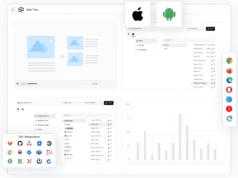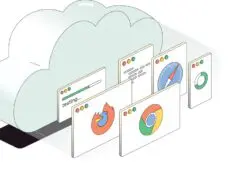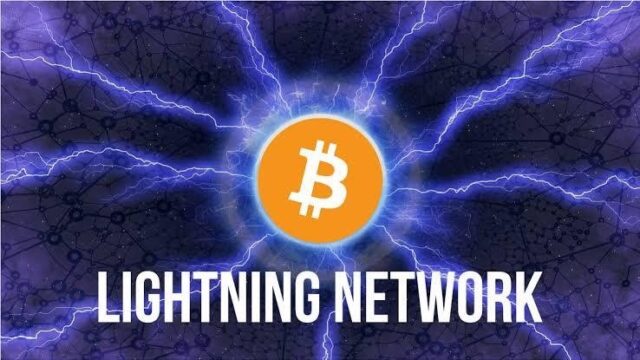
The Lightning Network is a new protocol layer built on top of Bitcoin. It uses cutting-edge smart contracting to achieve faster-than-VISA transaction throughput, while retaining the peer-to-peer nature of the Bitcoin protocol.
Do you know that, on average, a Bitcoin transaction takes about 10 minutes on the blockchain network? Some even take hours depending on certain factors such as transaction fees and the amount of network activity. With the astronomical rise in the number of individuals showing interest in cryptocurrency, the need for an instant end-end Bitcoin transaction cannot be over-emphasized.
As a result, Joseph Poon and Thaddeus Dryja came up with the Bitcoin lightning technology, a medium of daily transactions with a sole purpose- to allow a small, quick Bitcoin transaction without affecting the block size limit. With lightning network technology, transactions are instant.
Overcoming the challenges of Bitcoin

In order to tackle this Bitcoin scalability challenge of achieving sharp and secured micropayments. This game-changing innovation would potentially employ smart contract technologies and multi-signature scripts to that effect. In addition, Lightning network also employed a transaction malleability fix in the blockchain’s layer 1, just like the Segregated Witness (SegWit) transaction configuration used for Bitcoin.
Benefits of the Bitcoin lighting network
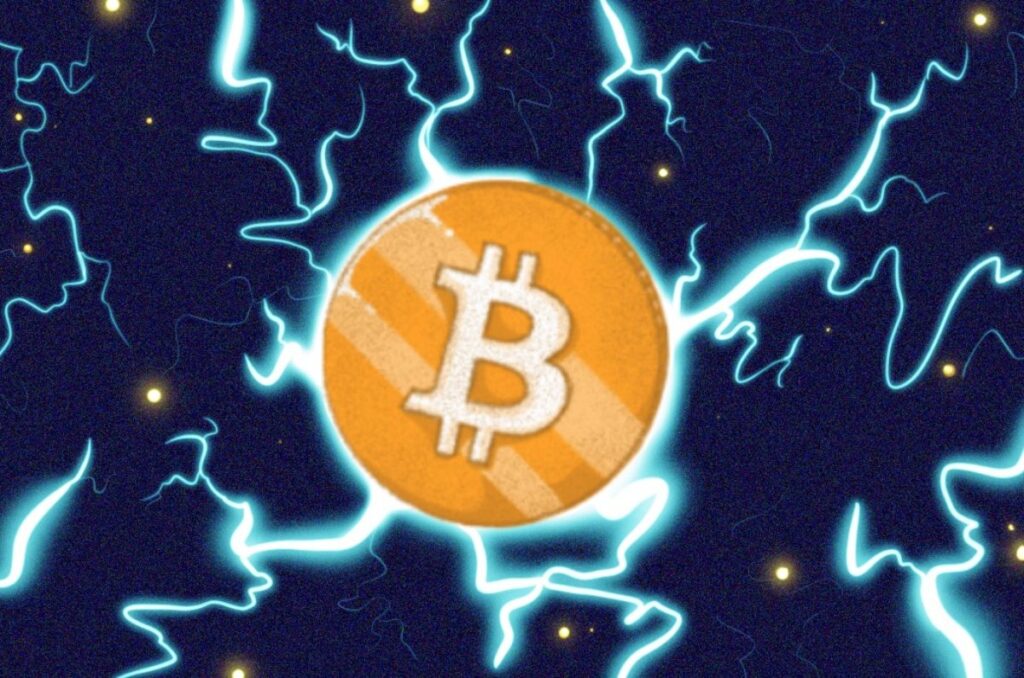
- Helps the development of an authentic peer-to-peer decentralized payment system
- The Bitcoin network can be then used to perform low value daily transactions or cash transactions to buy goods or services.
- It provides the ultimate solution to the problem of scalability as settlement time for lightning network transactions is under a minute and can occur in milliseconds.
- Improved privacy as the details of individual lightning network payments are not publicly recorded on the blockchain but managed off chain on a completely separate blockchain.
- Not only does the Lightning Network enable faster, cheaper Bitcoin payments, it opens up a world of microtransaction use-cases that are not possible within the traditional financial system.
How the Bitcoin lightning network works

Just so you can have an idea of how it works, an individual or two is required to fund a channel with Bitcoin, after which an initial transaction (Funding transaction) is created. For multi-signature scripts, there is an initial exchange between two master keys- the private and the public keys. What these keys do is to enable individuals to have access and carry out transactions with their funds.
However, when it comes to lightning nodes, there is no signature exchange of any sort. The reason is not far-fetched; it is to prevent blockchain from identifying the Funding Transactions’ spend by parties involved. In place of this, a single master key is shared between the parties required to verify all their transactions. This form of purchase is also known as the commitment transaction.
An infinite number of Bitcoin transactions can be carried out on the lightning network between users. However, master keys can only be exchanged when the transaction channels between them are closed.
It is no longer new that a vast number of crypto exchange platforms exist on the internet today, many of which are operated by fraudulent operators. To not fall prey, you should check out this review for Best Crypto Exchange on cryptonews.com.au.
Are there fees attached to the utilization of the Lightning Network?
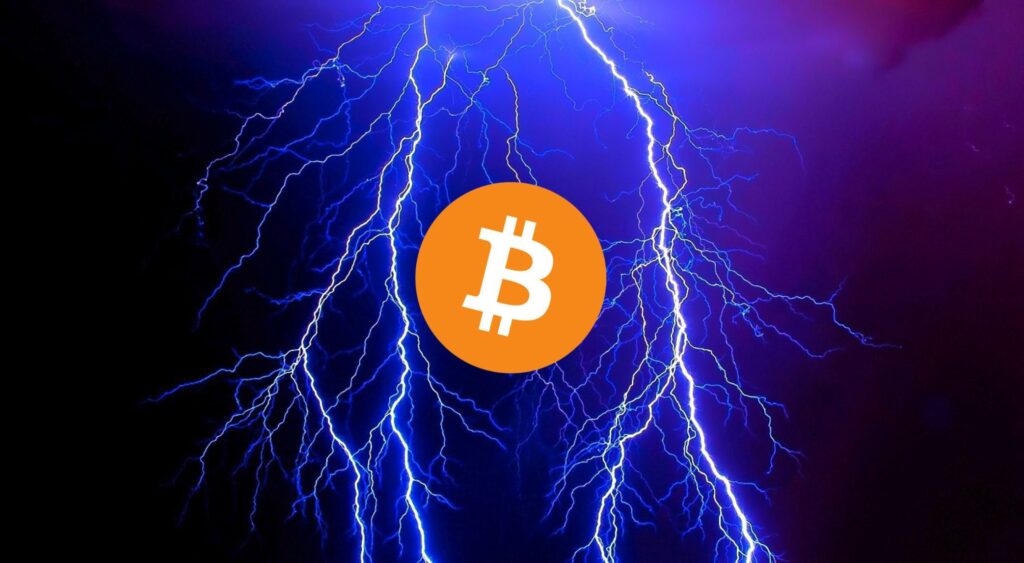
Lightning technology was initiated to bring about an extreme reduction in the cost of Bitcoin transactions and for micropayments. According to research carried out by Nida et al, (2019), in comparison to some blockchain platforms, fees involved in the usage of lightning are relatively low. Based on further findings, the results in the table below were obtained.
File space and energy (which are limited resources) are basically the two things that are consumed by blockchain, whereas the lightning network consumes capital.
For exchanges to be effectively carried out on the lightning network, the platform demands that you have money in your possession to be enabled to route payments to your end. No money, no payment routing.
Also, if you are a node looking to route payments for Bitcoin transactions, lightning networks give you the privilege to customize fees for other nodes interested in using your money for routing.
So to answer the question above, Yes, of course, there are fees involved in its usage, which are quite reasonable and can be categorised into two;
- Capital Provider Fee: this is the amount charged depending on the amount of capital used via your channel.
- Base Fee: this is the amount charged on every transaction routed via your node.
Currently, within the system, the interconnection fees are still set to zero simply because only a few nodes are available. Nevertheless, it is expected to scale-up over time.
Current limitations of the Bitcoin lighting network
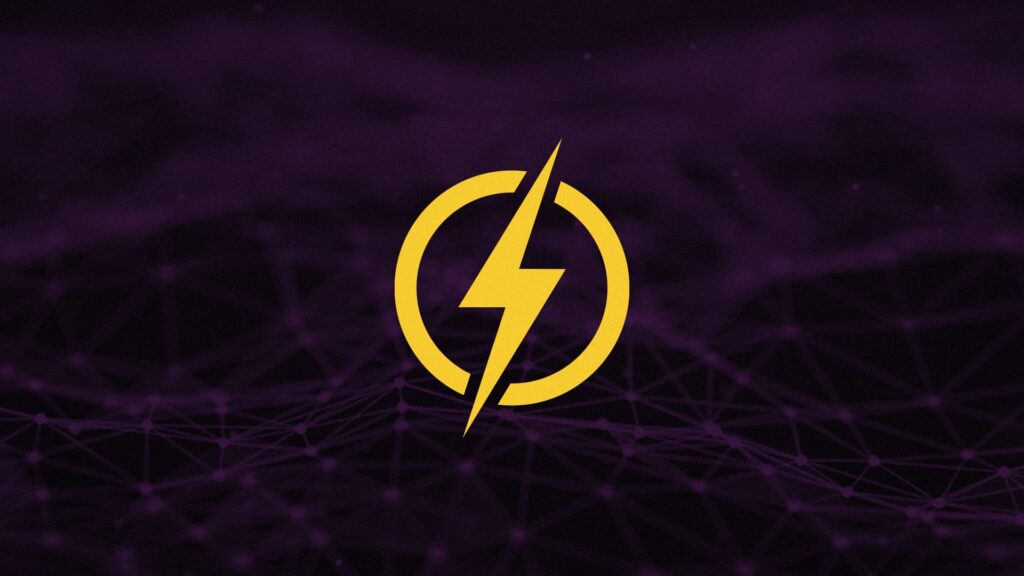
- Due to the nature of the Lightning Network’s dispute mechanism, which requires all users to watch the blockchain constantly for fraud, the concept of a “watchtower” has been developed, where trust can be outsourced to watchtower nodes to monitor for fraud.
Everyday use of the Bitcoin Lighting network
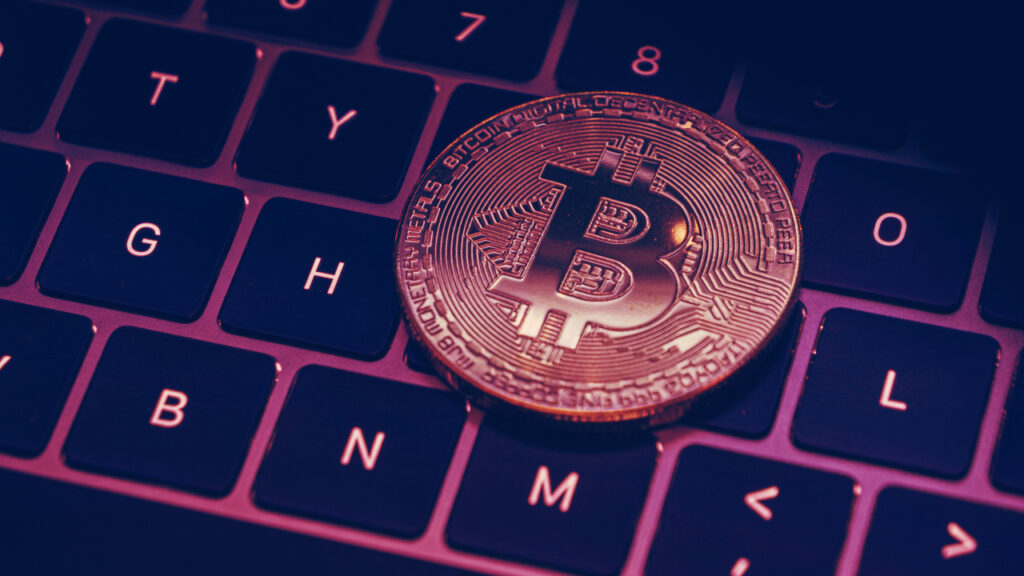
The Bitcoin lighting network is currently being used in production for real life scenarios. Some cryptocurrency exchanges such as Bitfinex use it to enable deposits and withdrawals. And according to Wikapedia Laszlo Hanyecz, who gained fame in the cryptocurrency community for paying 10,000 BTC for two pizzas in 2010, bought two more pizzas in 2018 using Lightning Network and paid 0.00649 BTC”.
Conclusion
In conclusion, it is no doubt that this technology has come to revolutionize the pace at which Bitcoin transactions are being carried out. Hence, with this technology, millions of Bitcoin transactions are expected to be initiated daily. Bitcoin needs the lighting network to achieve full adoption to allow real life everyday use.
Read More on Crypto News Australia
The world of cryptocurrency is constantly changing. You can stay up to date with the latest Australian Crypto new. Or, if you would like to learn more about digital currencies, then please visit our Guides section for more tips, advice, and information.

